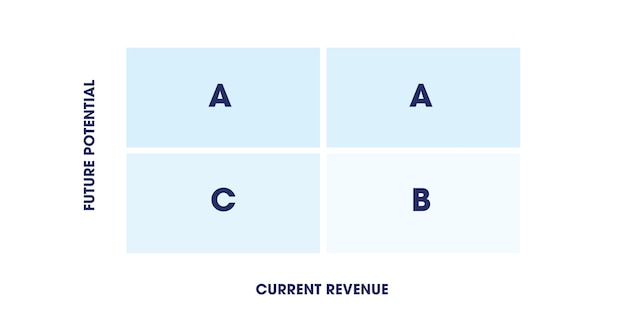Get your FREE 30-day trial.
Start by selecting a product:
“Our selling motions may never be the same.”
“Competitive intensity is only going to increase … we could fall behind.”
“We will have to do more with less given hiring and spending freezes.”
Those are among a handful of common concerns we hear from sales leaders these days — many of whom are responsible for promoting efficient growth, even as we face economic uncertainty.
Sales leaders will need to zero in on where they and their teams can increase efficiency, manage risk, and most importantly, drive revenue. They will need to relentlessly prioritise, deploy effective tools for sellers, and train their sales reps on new skills required in the current selling environment.
The following are a few strategies our customers use to meet the challenge:
Sales is all about telling the right person the right story at the right time. In a “do more with less” environment, sales teams must focus on the best markets, accounts, and decision makers to pursue.
This prioritisation requires an intelligent approach that relies on data. Some customers leveraged predictive insights to determine which deals might get pushed into the next quarter. They then developed recovery plans to speed up deal closures and capture millions of dollars in revenue in the current quarter.
Here’s how it works:

Learn how Customer 360 helps you increase efficiency, improve results, and lower costs.
Our latest State of Sales report revealed something alarming about sales reps: most of them spend only a third of their time selling. The other two-thirds is spent juggling manual tasks like data entry and deal record management in outdated CRMs and countless other, disconnected tools. The solution? Streamlining and optimising tech. Some of our customers have reduced costs by hundreds of millions of dollars by standardising and simplifying their systems.
To do the same for your business, consider taking the following steps:
A tool by itself will not drive results, but seeing a rep in action, powered by their systems, can drive the kinds of impact leaders are looking for.
To commit to long-term and lean productivity, strengthen your sales operations — if you haven’t already. With a keen eye on process efficiency and streamlining technology (leveraging the latest in automation and AI), sales ops teams can make sales predictions more accurately.
(Also, read about how startup Anduin Transactions approached streamlining its sales operations.)
Without surplus financial resources, risk can increase. You lack the room for error to make a bad acquisition or launch a nice-to-have marketing campaign or product. That surplus is only possible when revenue is stable, and stable revenue is only possible when customers are satisfied and top-performing talent is retained. That’s why you need to make sure both customers and your employees are happy. Here’s how:
For your talent: Survey your sales teams to gauge levels and areas of dissatisfaction. As needed, execute any necessary retention strategies that address these areas of concern. For example, if your reps are frustrated with low pay, consider multi-year bonuses. If sales reps are wondering how to progress in their careers, roll out new professional development opportunities like classes and seminars.
Also, be sure your reps have everything they need to succeed in their day-to-day work by setting up enablement programs with the right onboarding, coaching, training tools, and resources. Studies show that if you give them everything they need to sell more, faster from the get-go, they’re more likely to stay.
For your customers: First and foremost, train your reps to engage customers beyond the sale. Give them ownership over the customer relationship so they track progress both up to the sale and after the deal is completed — ensuring service, billing, and all other team interactions are exceptional. Encourage regular check-in calls or communication, even if the customer doesn’t reach out with an ask. This makes them feel valued, which encourages loyalty and creates lasting relationships.
To get a sense of customers who might be ready to leave for the competition, look at data such as past buying behaviour or service issues. For example, a customer who stops buying as frequently or as much as they once did may be at risk of defecting. They may also be contacting the service centre more and have an increasing number of support cases. Be proactive about addressing these issues — prioritise reaching out to customers whose behaviours have changed or who need some extra help.